Table of Contents
● Introduction
● Market overview: The growing global demand for baseball merchandise
● Game-changing technologies in baseball: From VR to biotracking
● Top-selling baseball gear fueling market trends
● Conclusion
Introduction
The baseball landscape is being transformed by a blend of merchandise and advanced technology, revolutionizing how the game is enjoyed and promoted. Virtual reality training aids and personalized equipment improve player skills and offer fans novel ways to connect with the sport. With the expanding market trends in play and technological advancements, baseball is experiencing a shift across all tiers driven by these innovations.
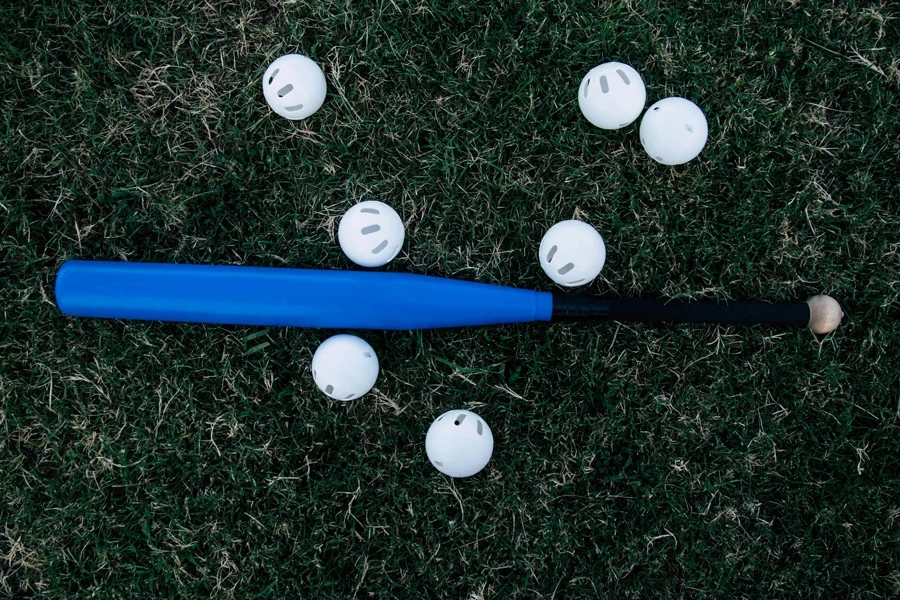
Market overview: The growing global demand for baseball merchandise
The global market for baseball merchandise is forecasted to experience growth. It is estimated to reach $1.84 billion by 2029, with an average annual growth rate of 2.2% from 2024 to 2029. Based on information from Allied Market Research, the United States is expected to generate a revenue of $ 1.25 billion by 2024, primarily due to the impact of Major League Baseball and the high demand for premium products. With its cultural connection to baseball, Japan plays a major role in the Asia-Pacific region, contributing significantly to market expansion. Additionally, Latin America is witnessing increasing participation, further fueling global market growth.
E-commerce is a pivotal driver in the baseball merchandise market, with the number of online users expected to reach 100.8 million by 2029. Average revenue per user (ARPU) is forecasted at $18.19. Research and Markets show millennials and Gen Z are particularly drawn to customized and limited-edition products. The convenience of online shopping has made merchandise more accessible globally, transforming consumer behavior and contributing to the market’s broader reach and increased sales.
The online retail sector plays an important role in the baseball merchandise industry, anticipating increasing online users to hit 100.8 million by 2029. Advancements in the average revenue generated per user are predicted to be around $18.19. According to research, the younger generations, like millennials and Gen Z, are keenly interested in exclusive and personalized goods. Online shopping has enhanced merchandise availability, shaping consumer habits and boosting market expansion and sales.
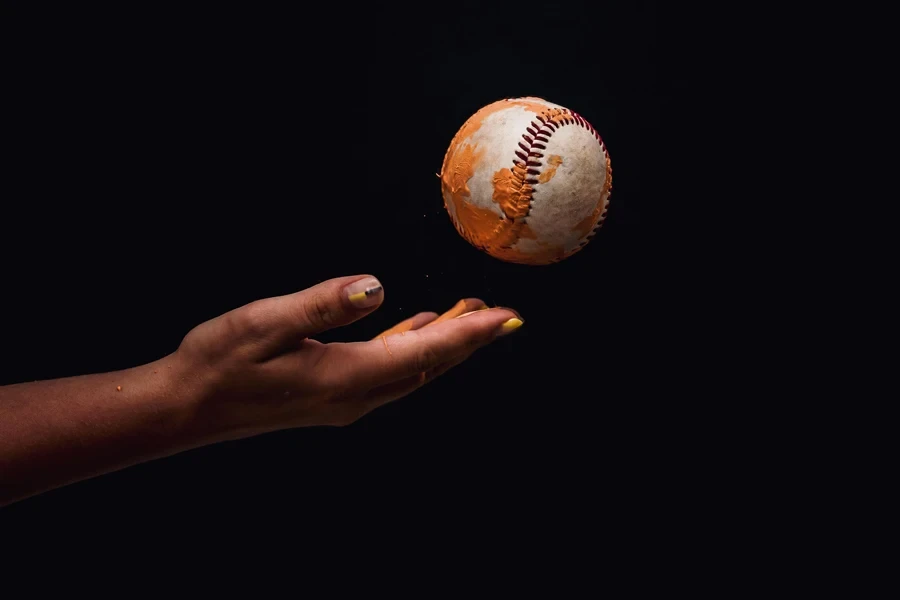
Game-changing technologies in baseball: From VR to biotracking
The advancements in technology are completely changing the game of baseball by enhancing how players perform and how fans engage with the sport. Virtual reality (VR ) and augmented reality (AR ) are leading the way in this transformation. VR training tools enable players to participate in various game simulations, enhancing their responsiveness and abilities without being physically present. Hitters, for example, can practice against virtual pitchers in various game-like scenarios. AR enhances fan engagement by providing real-time data overlays during live games, allowing fans to see player stats or interact with the game environment through their devices. These technologies make the game more interactive, bridging the gap between players and audiences.
Wearable technology has become crucial for monitoring player health and performance. Wristbands like WHOOP and various sensors monitor data such as heart rate levels, muscle fatigue, and sleep patterns. This information is then analyzed to help teams fine-tune training routines and lower the chances of injuries. Coaches trust this data to handle player workloads better, avoid exhaustion, and improve player endurance during a challenging season. Teams can better manage their athlete’s performance by utilizing technology to guide decisions on when to rest or push them based on data analysis trends.
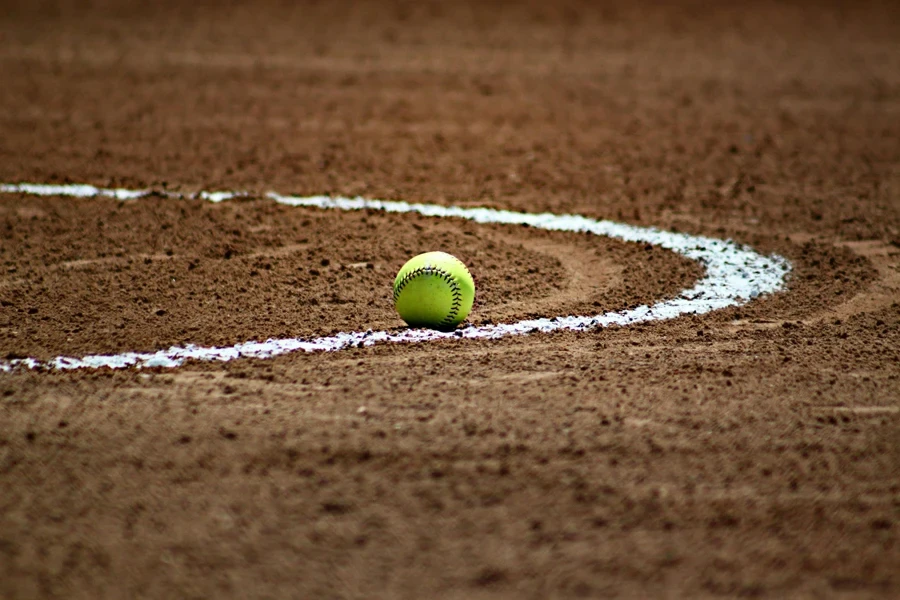
Data analytics tools such as Pitchf/x and Statcast are now integral to game strategy and player analysis. These systems provide detailed data on pitching mechanics, batted ball metrics, and player movement, enabling teams to refine their tactics. Pitchf/x, for instance, tracks pitch velocity, spin, and movement, helping pitchers adjust their techniques. Statcast collects comprehensive data on player speed, reaction times, and batted ball distances, offering previously unavailable insights. Coaches use this data to position fielders strategically, scout for hidden talent, and tailor training sessions based on individual needs.
Biotracking technologies like KinaTrax take this further by providing an in-depth biomechanical analysis of player movements. By capturing real-time data on how players pitch, swing, or run, these systems help correct inefficient mechanics and minimize injury risks. Players can use this feedback to make small adjustments that lead to significant improvements in performance, while teams can use the data to create personalized training programs. This focus on biomechanics is helping players achieve peak physical performance while maintaining long-term health.
The advancement of technology and the rise of online shopping in making high-quality equipment accessible, are changing the landscape of baseball’s future. The sport is evolving to be quicker and more data-driven as teams embrace cutting-edge technology for more global reach.
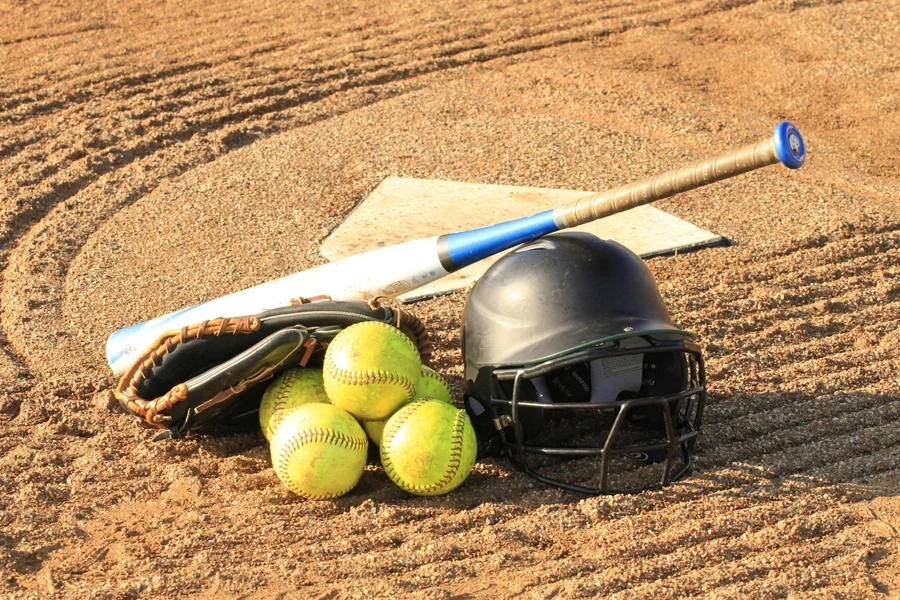
Top-selling baseball gear fueling market trends
The baseball gear industry has experienced a rise in popularity for personalized products among younger consumers like Gen Z and millennials who value individuality and customization in their purchases. There is a growing interest in custom designs, special team memorabilia, and unique collaborations that fuel the demand for customized merchandise in the baseball market. Experts at BaseballMonkey note that this trend is reshaping the landscape of baseball gear sales as brands expand their offerings to include customizable items ranging from jerseys to premium equipment. This change is helping fans feel connected with their beloved teams and players by offering unique and exclusive merchandise options.
Popular player models also shape market trends across various age demographics in today’s baseball industry, notably for younger athletes enrolled in Tee Ball and Little League programs. Safety and skill advancement are key considerations when choosing the right equipment. BaseballMonkeys findings highlight that Little League-specific baseball varieties boast a loosely wound core and distinct raised seams to enhance grip and handling for budding players. In comparison, Major League Baseball (MLB) balls are tightly wound, and it is harder to maximize exit velocity and pitching effectiveness with unique designs that meet the requirements of players at all skill levels.
The sentimental factor also holds sway in baseball merchandise, as timeless styles and team souvenirs consistently fuel consumer interest. Renowned teams and legendary players are the muses for an array of items that attract older enthusiasts and collectors alike. Classic jerseys, with a retro touch and nostalgic accessories, are especially favored by fans who cherish the game’s storied past. The sentimental attachment that fans feel towards these items has solidified their place as popular choices in the best-selling sections of baseball memorabilia stores, strengthening the relationship between the game and its supporters.
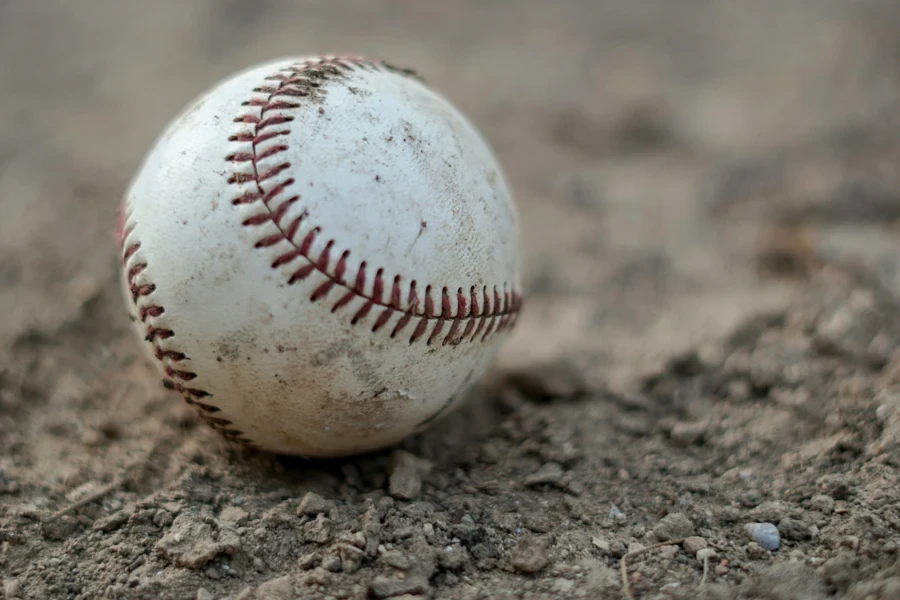
Conclusion
Special and personalized baseball equipment available only for a limited time has gained popularity lately among young fans looking for personalized items that let them feel a personal bond with the sport. Tailored merchandise for different age ranges, from kids to professional athletes, ensures that the most popular gear caters to all skill and experience levels. Moreover, the desire for tradition and sentimentality drives interest in designs and collectibles. This attracts old-time fans and hobbyists alike and keeps the emotional attachment to the sport alive across different generations.





 Afrikaans
Afrikaans አማርኛ
አማርኛ العربية
العربية বাংলা
বাংলা Nederlands
Nederlands English
English Français
Français Deutsch
Deutsch हिन्दी
हिन्दी Bahasa Indonesia
Bahasa Indonesia Italiano
Italiano 日本語
日本語 한국어
한국어 Bahasa Melayu
Bahasa Melayu മലയാളം
മലയാളം پښتو
پښتو فارسی
فارسی Polski
Polski Português
Português Русский
Русский Español
Español Kiswahili
Kiswahili ไทย
ไทย Türkçe
Türkçe اردو
اردو Tiếng Việt
Tiếng Việt isiXhosa
isiXhosa Zulu
Zulu